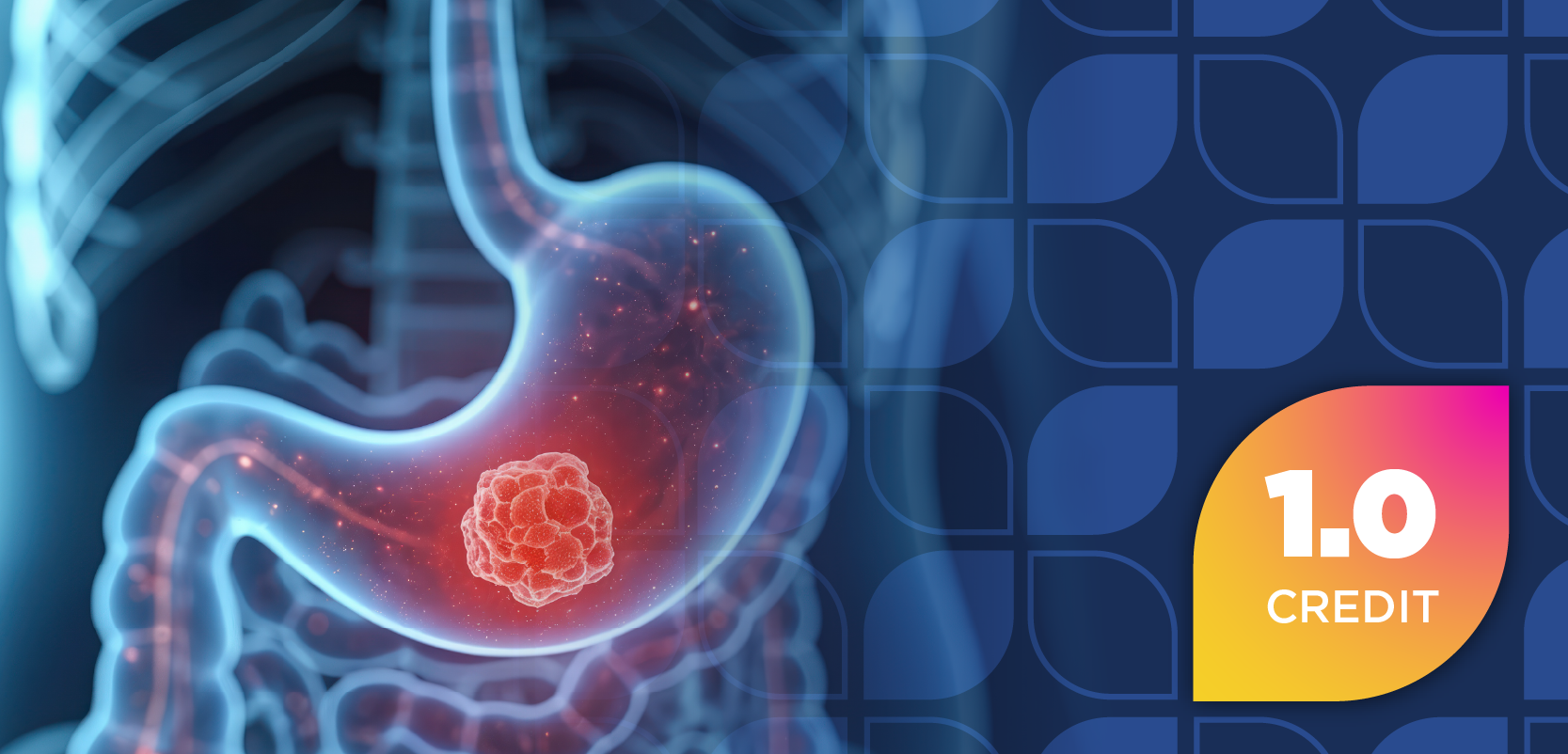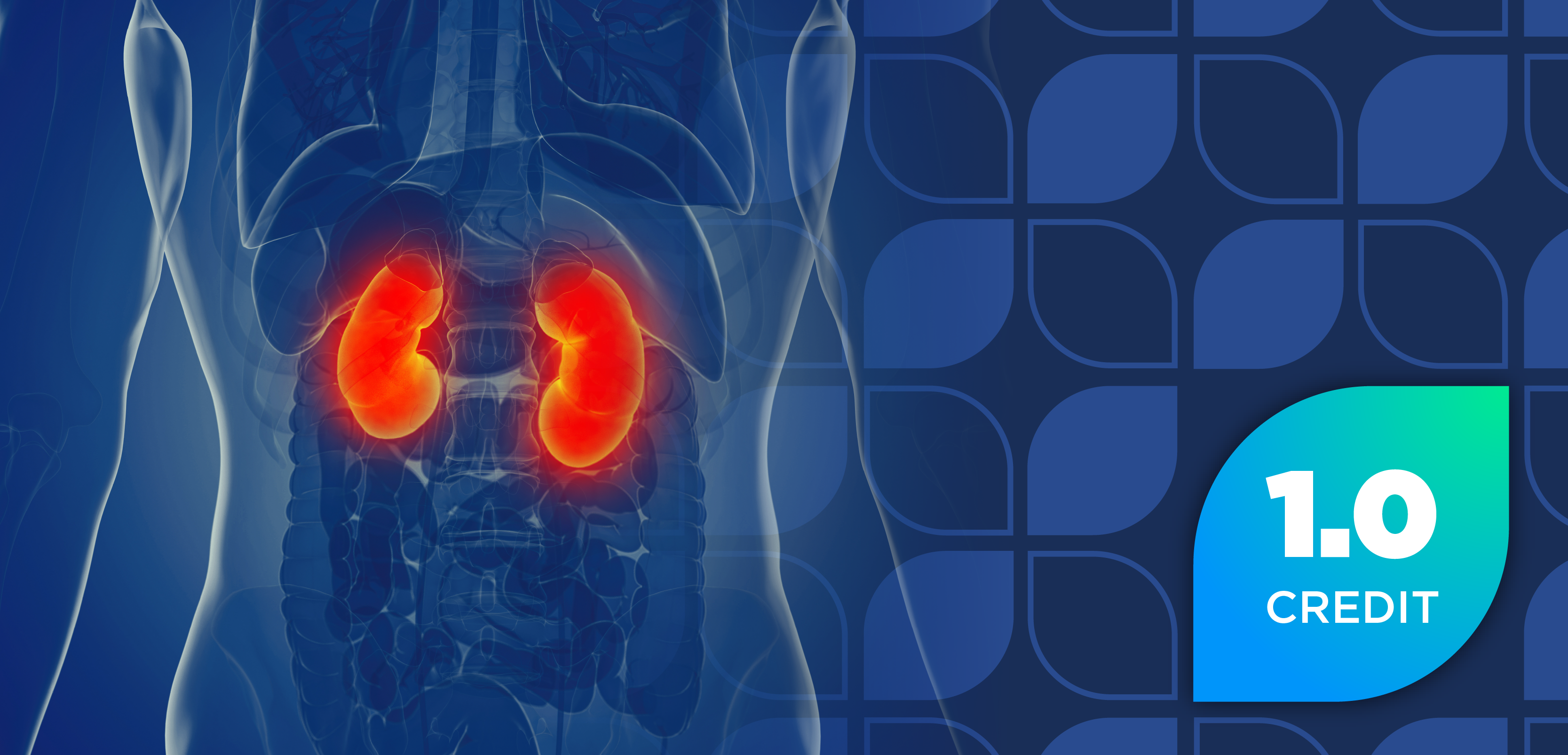
Tirzepatide Provides Robust Cardiovascular Protection Versus Dulaglutide in T2D, ASCVD
Key Takeaways
- Tirzepatide showed noninferior cardiovascular outcomes compared with dulaglutide in patients with type 2 diabetes and ASCVD.
- The trial demonstrated tirzepatide's efficacy in reducing MACE, all-cause mortality, and improving renal function, A1C, and weight.
In the SURPASS-CVOT clinical trial, tirzepatide was non-inferior to dulaglutide in a composite score of cardiovascular outcomes in patients with type 2 diabetes (T2D) and atherosclerotic cardiovascular disease (ASCVD).
Pivotal results from the event-driven, randomized, double-blind, parallel group phase 3 SURPASS-CVOT (NCT04255433) indicate that tirzepatide (Monjouro, Zepbound; Eli Lilly) demonstrated a noninferior rate of major adverse cardiovascular events (MACE)—including heart attack, stroke, or cardiovascular death—vs dulaglutide (Trulicity; Eli Lilly), while eliciting improvements in hemoglobin A1C, weight, renal function, and all-cause mortality in patients with type 2 diabetes (T2D) and atherosclerotic cardiovascular disease (ASCVD).1,2
Comparing Tirzepatide and Dulaglutide Provides Comprehensive Cardiovascular Profile
According to Eli Lilly, this was the first cardiovascular outcomes trial to compare 2 incretin therapies in adults with T2D and established ASCVD. Tirzepatide, a dual glucose-dependent insulinotropic polypeptide (GIP) and glucagon-like peptide-1 (GLP-1) receptor agonist, can meaningfully lower glucose levels to reduce weight and improve glycemic control. It is approved for T2D treatment, managing obesity and/or overweight, and moderate-to-obstructive sleep apnea.1,3
Now, landmark phase 3 trial results from SURPASS-CVOT solidify tirzepatide as an agent with vast potential in the cardiovascular risk management space. It is especially encouraging that the results were in comparison with dulaglutide, a GLP-1 receptor agonist with established cardiovascular efficacy from the multicenter, randomized, double-blind, placebo-controlled REWIND (NCT01394952) clinical trial. In that trial, dulaglutide led to lower rates of cardiovascular events compared with placebo in patients with T2D harboring CVD risk factors.1,4,5
SURPASS-CVOT Demonstrates Tirzepatide’s CVD-Risk-Reducing Capabilities
Given the established efficacy of tirzepatide in diabetes and its potential in ASCVD, SURPASS-CVOT investigators aimed to compare the therapies directly for a better picture of tirzepatide’s risk-benefit profile. A total of 13,299 patients were randomly assigned 1:1 to receive the maximum tolerated dose of tirzepatide or dulaglutide, administered subcutaneously once weekly. Study authors primarily sought to demonstrate that tirzepatide provided a noninferior reduction in the risk of MACE-3, a composite score of cardiovascular outcomes.1
For the study’s primary end point, tirzepatide led to an 8% lower risk of cardiovascular death, heart attack, or stroke compared with dulaglutide (HR, 0.92; 95.3% CI, 0.83-1.01; P = .086), which, according to the authors, met the prespecified criteria for noninferiority. Importantly, there were consistent benefits across all components of the MACE-3 composite end point. The investigators also found a lower rate of all-cause mortality (16% lower) for tirzepatide compared with dulaglutide (HR, 0.84; 95% CI, 0.75-0.94).1
A series of secondary end points affirmed tirzepatide’s efficacy in reducing cardiovascular risk factors. In a key prespecified analysis of patients with high or very high risk of chronic kidney disease (CKD), tirzepatide demonstrated significant slowing in estimated glomerular filtration rate (eGFR) decline vs dulaglutide (-4.97 mL/min/1.73 m² vs -8.51 mL/min/1.73 m²; estimated treatment difference: 3.54 mL/min/1.73 m² [95% CI, 2.57-4.50]; P < .001) at 36 months.1
There were also reports of heightened reductions in A1C from a mean baseline of 8.36% at 36 months with tirzepatide (1.73%) compared with dulaglutide (0.90%; estimated treatment difference: -0.83% [95% CI, –0.88 to –0.78]; P < .001). Furthermore, the authors observed a higher change from mean baseline in body weight at 36 months with tirzepatide (–12.06%) vs dulaglutide (–4.95%; estimated treatment difference: –7.1% [95% CI, –7.4 to –6.8]; P < .001).1
Results Bolster Tirzepatide in Cardiovascular Space
"Cardiovascular disease remains the leading cause of death among people living with type 2 diabetes," Kenneth Custer, PhD, executive vice president and president of Lilly Cardiometabolic Health, said in the news release. “These findings strengthen the case for [tirzepatide] as a potential front-line treatment for people with type 2 diabetes and cardiovascular disease."1
The promising results from SURPASS-CVOT will surely bolster tirzepatide in the development pipeline for new treatments to lower cardiovascular risk in patients with T2D and other comorbid conditions. Currently without a cardiovascular indication, tirzepatide is poised to undergo further consideration from the FDA upon submission of proper regulatory paperwork from Eli Lilly. The possible expansion of tirzepatide’s indication to include cardiovascular risk reduction could provide broad new possibilities for patients with T2D and ASCVD.1
REFERENCES
1. Eli Lilly and Co. Lilly's Mounjaro (tirzepatide), a GIP/GLP-1 dual agonist, demonstrated cardiovascular protection in landmark head-to-head trial, reinforcing its benefit in patients with type 2 diabetes and heart disease. News Release. Released July 31, 2025. Accessed August 4, 2025.
2. Fisman EZ, Tenenbaum A. The dual glucose-dependent insulinotropic polypeptide (GIP) and glucagon-like peptide-1 (GLP-1) receptor agonist tirzepatide: a novel cardiometabolic therapeutic prospect. Cardiovasc Diabetol. 2021;30(225). doi:10.1186/s12933-021-01412-5
3. A Study of Tirzepatide (LY3298176) Compared With Dulaglutide on Major Cardiovascular Events in Participants With Type 2 Diabetes (SURPASS-CVOT). National Library of Medicine. ClinicalTrials.gov Identifier: NCT04255433. Last Updated July 23, 2025. Accessed August 4, 2025. https://clinicaltrials.gov/study/NCT04255433
4. Researching Cardiovascular Events With a Weekly Incretin in Diabetes (REWIND) (REWIND). National Library of Medicine. ClinicalTrials.gov Identifier: NCT01394952. Last Updated October 8, 2019. Accessed August 4, 2025. https://clinicaltrials.gov/study/NCT01394952
5. Gerstein HC, Colhoun HM, Dagenais GR, et al. Dulaglutide and cardiovascular outcomes in type 2 diabetes (REWIND): a double-blind, randomized, placebo-controlled trial. The Lancet. 2019;394(10193):121-130. doi:10.1016/S0140-6736(19)31149-3
Newsletter
Stay informed on drug updates, treatment guidelines, and pharmacy practice trends—subscribe to Pharmacy Times for weekly clinical insights.















































































































































































































